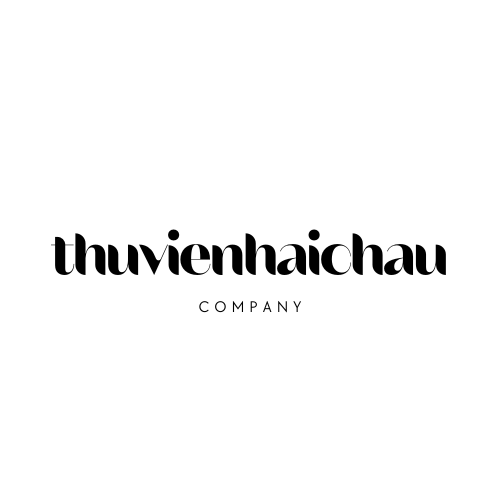1. Introduction
Environmentally relevant nanomaterial (NM) ecotoxicological assessments are essential to evaluate the risks of engineered NMs; however, these are difficult to conduct due to the intense financial and labor resources they require, as well as the regulatory requirements for in situ environmental NM exposures. Thus, there remains a large gap in our understanding of ecological impacts of NMs, and single species toxicity testing lacks the environmental diversity that defines ecological risk, making it difficult to truly define the ecotoxicity of NMs.1, 2 Alternatively, large-scale mesocosms provide more environmentally relevance, but are still prohibitive in cost, time, and resources and require massive amounts of materials, space, and animals when one considers the current accelerated pace of NM development.3 As such, rapid alternative testing strategies utilizing multiple species from differing trophic levels are necessary to close this data gap and prioritize the wide diversity of engineered NMs for more intensive investigation.4, 5
The aquatic environment is particularly at risk for exposure to engineered NMs as is it a natural sink for pollutants and a natural vehicle for pollutant migration.6 This includes copper-based nanoparticles (NPs) entering wastewater streams following industrial and commercial use.5-8 Copper-based NPs are widely used in industrial and commercial products as sensors (49%), catalysts (20%), surfactants (6%), antimicrobials (4%), and other purposes (21%) such antifouling paints.9-12 The high production volume and increasing use of copper-based NPs make their ecological risk a concern.13 copper-based NP toxicity to individual species has been investigated for multiple aquatic organisms.11 Toxicity can be caused by ionic Cu released from copper-based NPs, this is considered by many to be the main mechanism of toxicity to a variety of aquatic organisms.14-17 Despite this finding, others have suggested that when both ions and NPs are present, non-additive toxicological responses are observed which are indicative of particle-specific mechanism(s) of toxicity.18
Bạn đang xem: Assessment of Cu and CuO nanoparticle ecological responses using laboratory small-scale microcosms
Commonly used copper-based NPs are composed of metallic copper or copper oxide (Cu and CuO NPs); however, their toxicity to aquatic organisms can vary dramatically. For instance, the reported LC50 values for Cu NPs in developing zebrafish range from 0.22 – 24 mg Cu/L,15, 16, 19-22 while CuO NPs are significantly less toxic, with values reported between 64 – 840 mg Cu/L.21, 23-25 LC50 values of CuO NP exposure to a freshwater crustacean Daphnia magna (D. magna) has been reported to vary from 0.06 – 9.80 mg/L;26-29 in comparison, only a few studies investigated the toxicity of Cu NP, where one study reported Cu NP has a LC50 to D. magna at 0.093 mg/L,10 and other studies reported LC50 at 0.047 – 0.419 mg/L for Ceriodaphnia dubia.29, 30 Garner et al. summarized and compared the toxicity of Cu and CuO NP using the species sensitivity distributions (SSDs) for freshwater organisms and results indicated that the toxicity threshold was much higher for CuO NPs relative to Cu NPs, suggesting a higher toxicological concern for Cu NPs.31 A recent study conducted by Keller et al. ranked toxicity based on high-throughput screening assays and found a general toxicity trend, with the toxicity of Cu2+ > nano-Cu > nano-CuO ≈ nano-Cu(OH)2 > micro-Cu ≈ micro-CuO.12 In addition, Adeleye et al. observed a higher fraction of free Cu2+ in Cu NPs dissolution than CuO NPs in aqueous environment, which may make Cu NP more toxic to pelagic organisms.32 The differences in dissolution and surface reactivity, such as reactive oxygen species (ROS) generation, which closely related to the surface oxidation of Cu NPs are previously explained for the difference in observed toxicity.12, 33 For instance, higher exposure to Cu NPs resulted in oxidative stress (measured by biotic ROS generation) for E. coli and L. brevis, but there was no effect from CuCl2, CuSO4, micro-Cu or micro-CuO at the concentrations studied ([Cu] up to 250 mg/L).34 Metallic Cu and CuO NP are theoretically considered insoluble in aqueous solutions at neutral pH, yet Cu ion release is commonly detected from copper-based nanomaterials in various solutions.35-37 The dissolution of metallic Cu generates ROS, while similar ROS generation from the dissolution of CuO is unclear.38, 39 In addition, Cu NPs can form a thin oxidized surface layer when exposed to an oxygenated ambient environment, transforming the surface reactivity and adsorption properties of the particle.40 Additionally, Cu and CuO NPs may also have different aggregation tendencies (even if primary particle size is held constant) due to the difference in their surface interactions with each other and the surrounding environment. With any alteration to the surface of the NP, comes the potential for alterations in its ability to release Cu ions.41 All these factors can contribute to the difference between Cu and CuO NPs, in terms of their corresponding toxicity.
In this study, we aimed to investigate and compare the ecotoxicological impacts of Cu and CuO NPs. To compare the two types of nanoparticles, we employed a previously developed small-scale microcosm assay (nanocosm) in which four species (bacteria, algae, crustacean, and fish) are used to rapidly evaluate the fate and toxicity of NMs.5 Previously, we found that increased community complexity can mitigate the toxicity of soluble NMs when compared to individual species exposures due to environmental resilience.42 The same responses are expected in present study with copper exposures. In addition, we hypothesize that Cu NPs and CuO NPs will elicit differential toxicity to the nanocosm system, with crustaceans being the most sensitive organisms, due to variations in released ionic Cu from the NPs and organismal uptake. We use copper chloride as an ionic control by matching the dissolved Cu fraction from Cu and CuO NPs to determine the relative contribution of Cu ions to uptake and toxicity.
Nguồn: https://thuvienhaichau.edu.vn
Danh mục: Hóa
This post was last modified on Tháng Bảy 20, 2024 2:10 chiều
